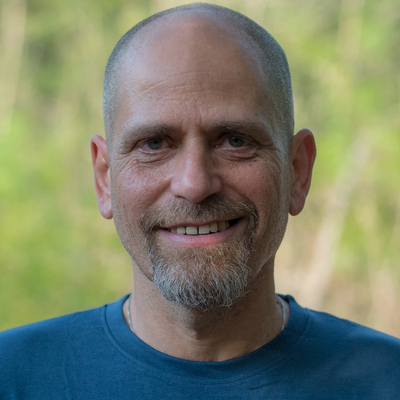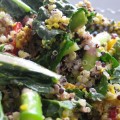This Earth Month, we’ve had the honor to interview and learn from vegan changemakers who ignite deep inspiration! In this article, the spotlight is on Sadhana Forest, a vegan reforestation volunteer organization planting indigenous, food-bearing trees with local communities in India, Haiti and Kenya. Their aim is to combat malnutrition and provide long-term plant-based food security while at the same time providing solutions for climate change and environmental degradation.
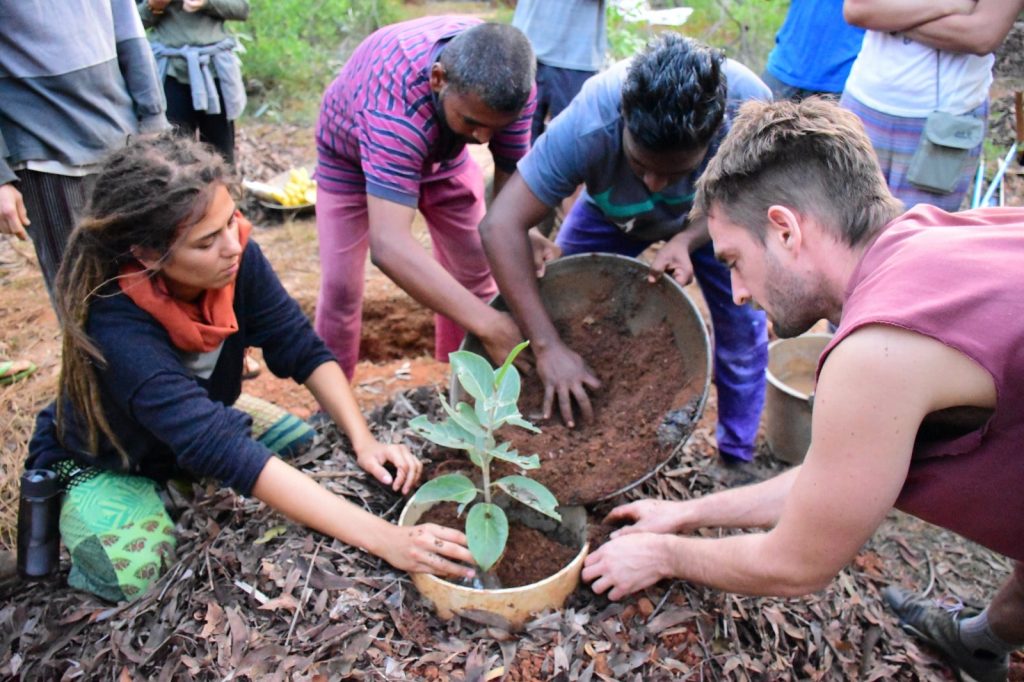
We had a beautiful conversation with the Founder and Executive Director, Aviram Rozin. Spare 5 minutes, get comfy, and prepare to be in awe as you read about this place!
HC: When and how did Sadhana Forest come to life? Please tell us a bit about the dream/intention behind starting the project.
A: I started Sadhana Forest in 2003 together with my wife Yorit and daughter Osher. Our goal was to live according to our values and to do seva, selfless service. Planting trees for future generations seemed like a very selfless act to us.
HC: What does veganism mean to you? Can you share a bit about your personal journey with veganism?
A: Veganism means the world to me! It is an important expression of my aspiration to be compassionate in my relationship with all beings. I became vegetarian during my first visit to India in 1998, and then vegan in January 1999, more than 23 years ago. When we started Sadhana Forest four years later, there was no doubt in my mind it would be 100% vegan. Veganism is an integral part of Sadhana Forest’s aspiration to live a conscious, sustainable life that serves all beings.
HC: How is veganism linked to Sadhana Forest’s ethos?
A: Sadhana Forest is the only vegan reforestation organization. All our management staff is vegan and we do not use animal manure. Instead we make our own vegan compost. For us veganism and reforestation are one and the same, as they both lead to protection of natural ecosystems and the most efficient use of land and water and a minimal emission of CO2 and other greenhouse gases.
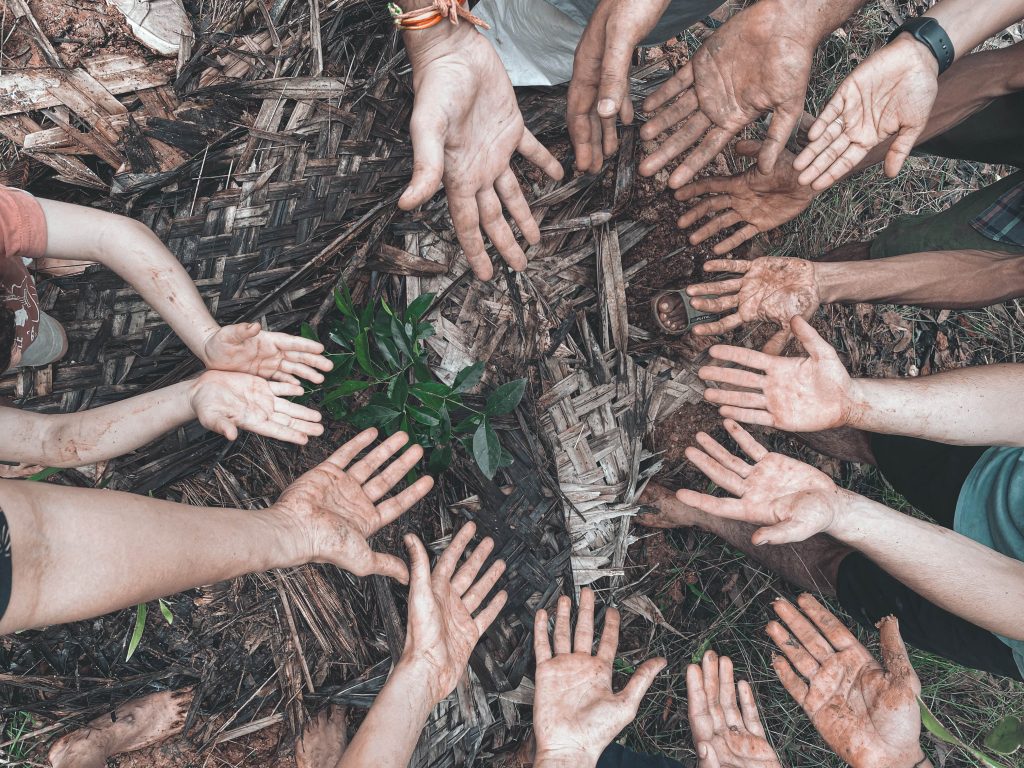
HC: How has the project evolved over the years?
A: Sadhana Forest started off as a vegan volunteer project in Auroville, Tamil Nadu, reforesting 70 acres of severely degraded land, bringing back the indigenous Tropical Dry Evergreen Forest. The number of volunteers kept growing throughout the years and pre-COVID we were hosting over 1,000 volunteers per year. All volunteers come and live a very simple lifestyle with us on our sustainable, off-grid campus. Over the years many different projects were developed: We started Children’s Land, an educational project for local children, a gift economy vegan tea hut, and in 2016 our Gaushala, a vegan cow sanctuary for rescued cows and bulls. We cook dozens of thousands of vegan meals per year and give free wholefood plant-based meals to our many thousands of guests that come and visit.
In 2010 we started Sadhana Forest Haiti in southeast Haiti, after a disastrous earthquake hit the country. Our goal was to help remote rural communities that were struggling with malnutrition, poverty, frequent droughts and other effects of climate change. We did this by growing indigenous, drought-resistant, food-bearing trees and planting them together with the local people around their homes, and providing them with basic training in tree planting and water conservation techniques. If a family has a few healthy food trees around their home, those can give them food for the rest of their lives, while at the same time bringing back the forests that have disappeared in the area. In 2014 we started a similar project in Samburu County, northern Kenya.
In 2020 we set up a mobile reforestation unit in Meghalaya in northeast India. Meghalaya, despite receiving heavy rainfall, is struggling with severe land degradation, malnutrition and water scarcity. With the support of the Government of Meghalaya and the World Bank we were able to help 25 villages there by providing reforestation and water conservation training and interventions. The project was very successful, and the government has requested us to establish three permanent centres in Meghalaya in the coming years. We are in the process of setting them up.
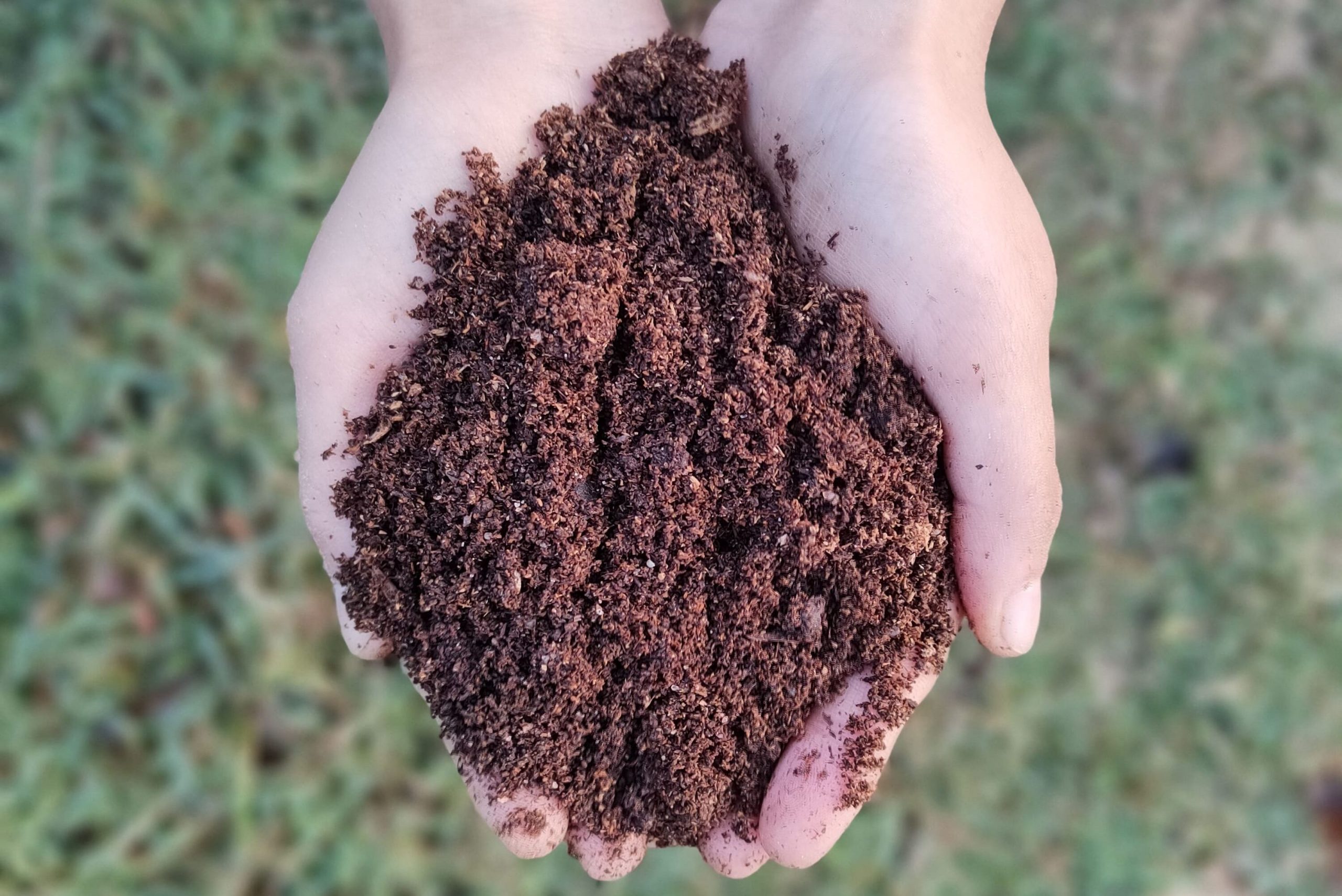
HC: What would be your advice to someone who wants to take actionable steps to become more eco-conscious?
A: Educate yourself about the environmental advantages of plant-based food and go vegan! Plant a tree! Spend time in nature. We have many eco-friendly practices in Sadhana Forest that people can learn from and even apply at home: solar energy, dry composting toilets, waste segregation, re-use and upcycling, use of natural soaps and detergents, eating non-processed foods…
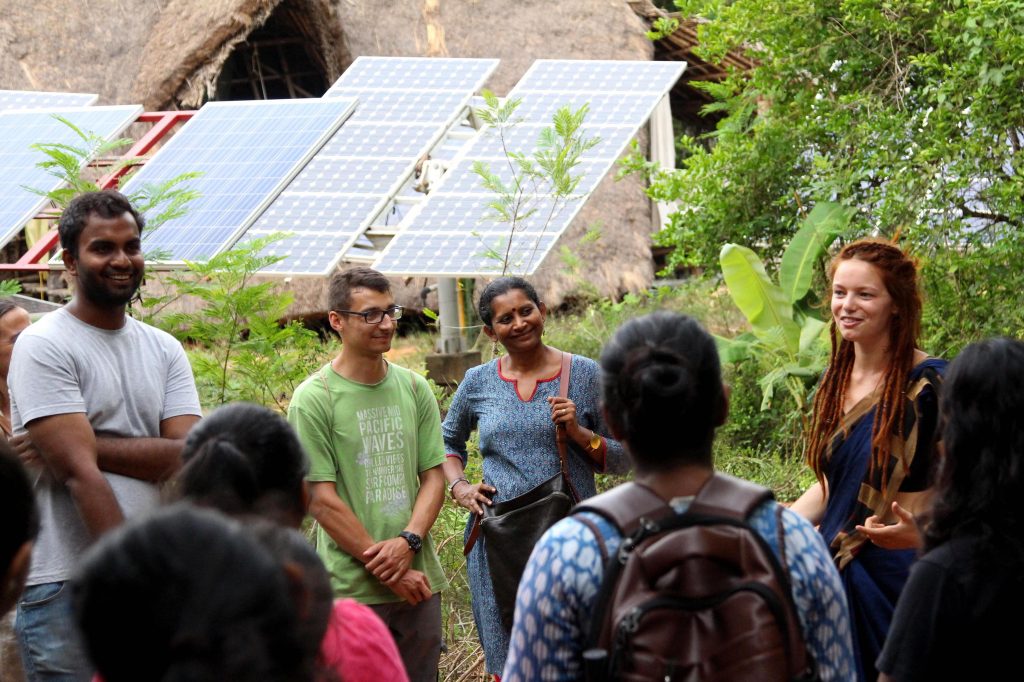
As it turns out, Aviram has been following TeamCow’s journey right from the get go!
HC: You mentioned you’ve been using HappyCow from around the time it was launched. As an old-time user, what role would you say HappyCow has played in your vegan journey?
A: I started using the Happy Cow website from the very beginning, and later switched to the app as soon as it was launched. Happy Cow is a great support for me, and I always consult it when I’m traveling somewhere to see where I can find vegan food. I have also recommended the website and the app to many hundreds of people, helping them to start or to continue their vegan journey. Just last night I recommended it to a person who is aspiring to be vegan in Switzerland.
HC: What are the best vegan restaurants you’ve been to?
A: 42 Degrés in Paris is quite extraordinary. I was raw vegan for 6 years and was always impressed by their raw vegan cheeses and culinary creations. Level Up and Sublimmme in Bucharest are both very tasty and pleasant. Rasayana Raw Cafe in Bangkok is very creative and unique.
HC: Since you turned vegan very early, maybe you could talk about the difference between today and back then… How do you feel seeing veganism grow?
A: When I turned vegan, many people didn’t even know the word. I remember going to a café and asking if they had any vegan food. They promptly corrected me saying: “Sir, in English we say vegetarian, not vegan.”
I feel so happy to see the vegan movement grow, and it gives me so much joy to see people awaken to the suffering of animals. Sadhana Forest itself has played a role in spreading veganism. Hundreds of people became vegan after visiting or volunteering with Sadhana Forest, and those people then helped to spread veganism to thousands more. This also helped to spread veganism in our direct environment, as then all these people went to neighboring restaurants looking for vegan options.
HC: Is there anything else you would like to share?
A: Sadhana Forest has no gates or doors, this is because our home and hearts are always open. You are welcome to visit or volunteer with us! For more information about volunteering in our respective locations you can contact india@sadhanaforest.org, haiti@sadhanaforest.org or kenya@sadhanaforest.org.
HC: A question for the volunteers at Sadhana Forest: What is the most valuable learning that comes with living in a vegan forest community?
Jazz: “Even though I was vegan since before joining Sadhana Forest, living here has taken my practice and understanding to a whole new level! Before I was vegan because I sort of had the feeling it was a good thing, without having contemplated it too deeply. Living in a forest, where we only use natural materials, wholefood, take care of rescued cows, save water and plant trees, has really made me aware of my deep connection with the natural world, and of how veganism is a concrete expression of the desire to live in harmony with nature!”
Richard: “The essence of living in a community is sharing a home with people. Living in a vegan forest community is about understanding the beauty of all life on this planet and waking up together to that shared reality every morning. It’s helpful to see that we’re all just at different points along the journey to be more compassionate. Living together in a community allows us to share our thoughts, apprehensions, questions and breakthroughs as we explore them. It lets us grow our empathy and widen our circles of compassion together through discussions where the intent is to learn and guide each other along and not to put down or gloat over. Living in a vegan forest community reminds us that there is no Us vs Them – there is only an Us, where all of Us are trying to learn to do better by each other and the wonderful world we share. There is no room for showing each other up when the goal is to be compassionate and ensure that everyone has all the information they’d need to make compassionate choices and to view the rest of Life on this planet with compassion.”
TeamCow would like to thank Aviram and the volunteers of Sadhana Forest for doing what they do, and for taking the time to share such touching and meaningful stories with us. Follow Sadhana Forest on Instagram to stay updated on their journey!
If this article has left you feeling fully inspired to make changes in your own life, we get it! The following articles will solidify that intention even further:
– Top 3 Reasons To Go Vegan For The Planet
– Can Going Vegan Change Your Life?
– Five Common Concerns About Veganism: Answered
– 20 Powerful Vegan Quotes That Will Change You Forever
If you enjoyed this article, check out the rest of the HappyCow blog. To find vegan food near you, at any time and place, get the FREE HappyCow app. Follow us on Instagram, Facebook, Pinterest, and Twitter for vegan tips, guides, and recipes!

